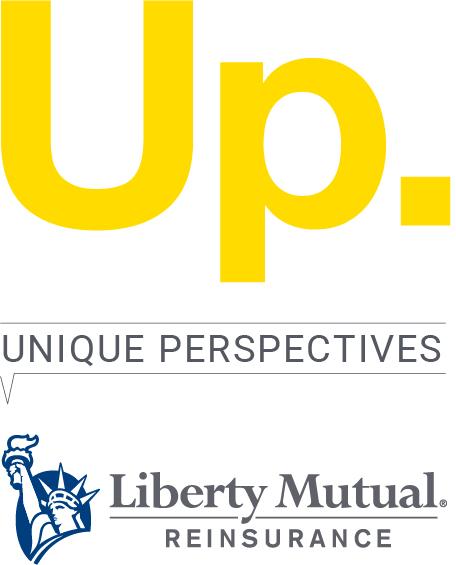As the risk paradigm continues to shift and business strategies evolve to position organisations at the forefront of their markets, ‘transformation’ is becoming a theme that our industry is becoming familiar with. I hear a lot about business transformation and evolving business strategies, but much less conversation on talent transformation or real, tangible talent strategy. It is becoming abundantly clear, that as much time and consideration needs to be given to talent transformation and talent strategy as the business itself.
It is clear that greater investment is being directed towards generating the right and appropriate future pipeline for our industry, in line with the changing social trends and expectations. The real challenge is not limited to understanding how we source the right talent. We need to ensure we nurture, develop, drive and retain that talent, simultaneously supporting their career development while they deliver for our customers.
In September we were delighted to welcome school leavers, graduates and those who have successfully completed their graduate training program into permanent roles within the business. As this cohort of new talent began its journey in our ever-evolving business, I thought long and hard around what ‘good looks like’ for LM Re’s talent strategy: what is required to develop it, how it aligns with our business strategy, how we can support our talent, the level of investment of both time and finance, and having a robust plan around execution.
Attracting the next generation of talent
We know that attracting young professionals to the reinsurance sector can be a challenge. The industry has traditionally struggled to appeal to the next generation who are seeking dynamic and innovative career opportunities that will sustain them through an era of rapid technological advancement. That tells us our industry has to do more to create a compelling and agile career path to win in the war for talent.
Most of us started our career at the lowest level and progressed by demonstrating competence to do things largely in the same manner as before. Not surprisingly the time served principle is increasingly being challenged as today’s talent, in the face of a technological revolution, are looking for opportunities to develop beyond their original discipline and natural skill sets. We need to provide opportunities for young talent to experience all aspects of the business and continually develop their skills. This includes early exposure to organisational management and leadership. Wider exposure to different parts of the business will foster a diverse and inclusive workplace that can help attract a broader range of talent, as diversity often brings fresh perspectives and creative problem-solving approaches.
Bridging the skills gap
One of the primary talent challenges for the reinsurance industry lies in bridging the skills gap. As the pace of change in our business and technology environment increases, so too does the industry need for data analytics, artificial intelligence, and machine learning. Skill sets to manage and succeed with these new tools become ever more urgent. These skills are crucial for effectively evaluating and managing risks in an increasingly complex and data-driven environment. Some risks are becoming easier to manage, some are becoming increasingly difficult to measure. However, finding individuals with the right combination of technical expertise and industry-specific knowledge is a tough ask. To help bridge this gap, should we invest more in training to develop these skills internally? Young professional development programmes, long seen as the preserve of more traditional functions, can be expanded to cover all range of technological disciplines.
Succession Planning and Knowledge Transfer
With an aging talent pool, the industry is facing the challenges of succession planning and knowledge transfer. Experienced professionals, upon retirement, take valuable expertise and institutional knowledge with them. Clearly this is a risk that needs to be addressed. Succession planning is critical to ensure knowledge is transferred to the next generation of business leaders and we must embrace the challenge to encourage cross-generational collaboration. It’s vital to facilitate the exchange of ideas and expertise between experienced professionals and the next generation of reinsurance talent.
As the reinsurance industry navigates the fast-changing landscape, solving the talent challenge becomes much more critical. Those who are able to crack this problem will create a real differentiator. The sector has all the capabilities at hand but needs to attract the next generation of diverse talent to address our industry’s changing risk paradigm and complexity, and successfully to combine this with the institutional knowledge and experience we have in abundance. This journey starts with an honest and clear articulation of the challenge we are looking to meet: getting the right talent through the doors, having a keen sense of purpose and awareness of our social impact, and a deep commitment to professional and personal development.


